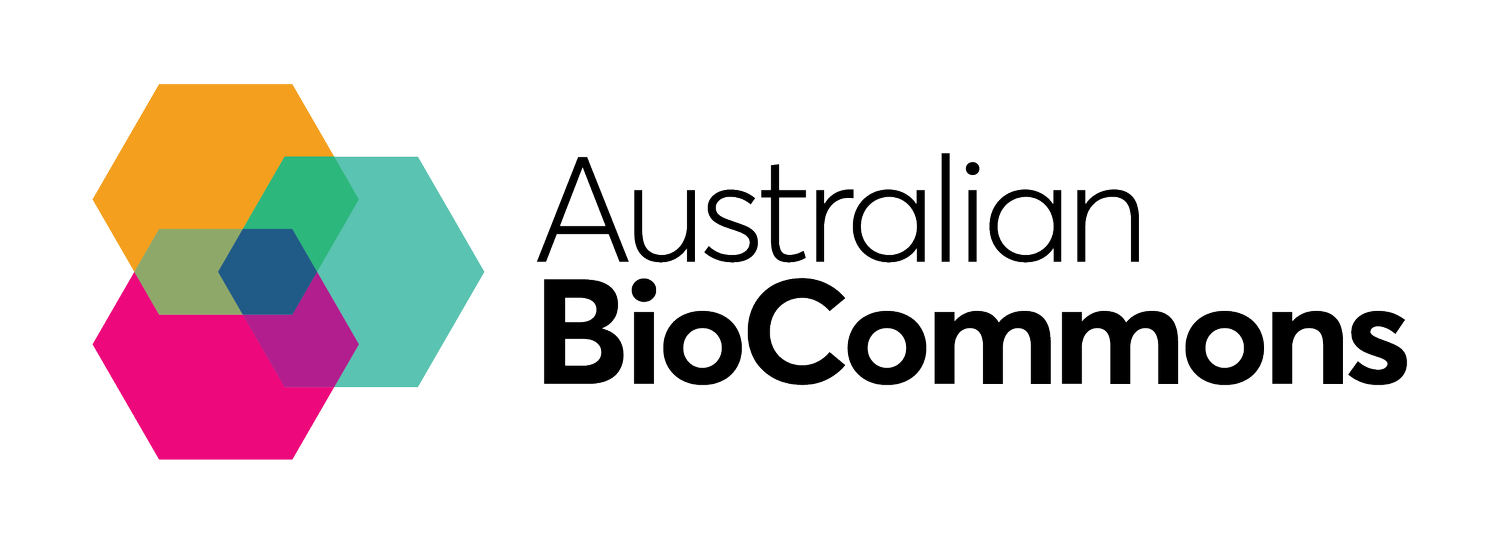Bioinformatics innovations helping keep Australia safe from plant-borne disease
The DAFF science and surveillance team (provided).
If you’ve ever watched Border Security, you’ll know that Australia’s unique ecosystem is fiercely protected from incoming plant diseases. The Australian Government’s Department of Agriculture, Fisheries and Forestry (DAFF) is at the frontline of ensuring the safety of plant materials that are commercially imported. With increasing demand for high throughput screening, they leveraged Galaxy Australia to help ensure new diseases don't slip through.
At DAFF’s post entry quarantine facility in Mickleham, viruses and viroids make up two-thirds of all diseases screened for. With import quantities growing, the demand for viral screening was placing an unmanageable workload on DAFF staff using conventional screening methods. Now, a long-standing collaboration between DAFF and A/Prof Roberto Barrero at QUT has produced an innovative bioinformatics workflow for viral screening called VirReport. It employs small RNA sequencing and can be readily deployed on Galaxy Australia and other compute infrastructures.
As part of the collaboration, the Galaxy Australia team ensured all the necessary tools were available to support the development of a series of virus reporting workflows. DAFF’s Operational Technology team led by Callum Tyle automated the entire process in Galaxy using the public Galaxy API and the BioBlend python library from data upload, job scheduling and monitoring, through to data download. Dr Ruvini Lelwala, Bioinformatician - Operational Science and Surveillance (Post Entry Quarantine Facility) - in DAFF’s Science and Surveillance Group, then got busy training molecular biologists and plant pathologists to use VirReport, to the extent that anyone with training can now easily trigger the screening process. Ruvini speaks highly of the experience working with Galaxy:
The robust and well documented Galaxy APIs have allowed for a tailored experience to be provided to our staff within a dedicated web interface, allowing staff to schedule analyses and view results. The workflows are now routinely used by our bioinformatician and other staff at DAFF.
VirReport has become the primary screening method used by DAFF for imported Prunus (stone fruit), Rubus (brambles), Fragaria (strawberries) and clonal grasses (e.g. Zoysia, Stenotaphrum). Since deployment, 693 samples have been processed through the GA-VirReport workflow. Ruvini highlighted several Galaxy Australia features that the team enjoy:
Recent changes to searching and viewing histories have streamlined our data movement between histories, and the ability to conditionally skip workflow steps ensures continuation of independent processes within a workflow. We’ve also noticed an expanding suite of tools for statistical evaluation and data visualisation, which we continue to explore.
Learn more about the implementation of the Galaxy Australia viral screening workflow in the team’s publication: Implementation of GA-VirReport, a Web-Based Bioinformatics Toolkit for Post-Entry Quarantine Screening of Virus and Viroids in Plants.

